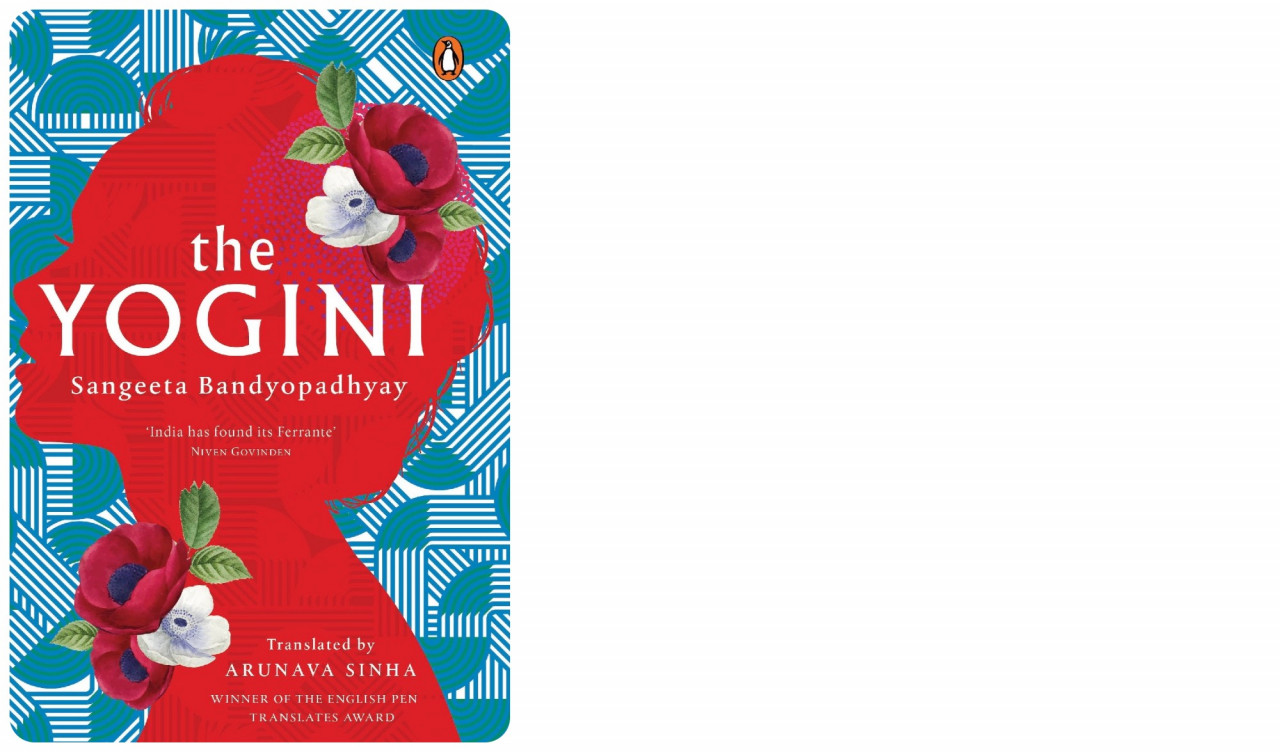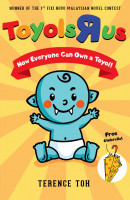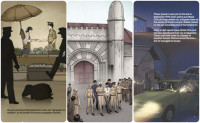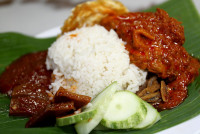TRANSLATED from Bengali by the prolific and award-winning translator Arunava Sinha, ‘The Yogini’ is Sangeeta Bandyopadhyay’s third novel available in English, though these represent just a fraction of a much broader body of work in the original Bengali, which to date includes almost a dozen novels and more than 60 short stories.
Growing up in Kolkata, Bandyopadhyay learned Bengali through reading Bengali literature while a student at Bagbazar Multipurpose Girls’ School. She is a newspaper columnist and film critic, and both aspects show in her latest novel. The prose is spare and lean, with simple declarative sentences, while the scope of the novel is nothing short of cinematic.
There are depths and layers to this novel that belie both the directness of its writing style and its relatively brief length. It is, in some ways, a gift that keeps on giving.
Some readers unfamiliar with the cultural background of this novel may associate the word ‘Yogini’ with lycra-wearing contortionists toting rolled rubber mats and boasting carefully curated Insta-feeds. This novel is not about any modern appropriated and commodified interpretation of the word, and there is not a single downward dog in sight. Rather, the focus here is on the traditional meaning of an ascetic truth-seeker abandoning all attachment in the quest for self-actualisation.
While the narrative arc is relatively straightforward, ‘The Yogini’ invites many parallel and sometimes intertwining interpretations.
It can be most easily read as a feminist novel, which will come as no surprise to readers already familiar with the author’s work. Throughout this book, the main focus is firmly on the female characters.
Homi is well off, comfortably upper middle class, and has a well-paid job at a television station. Her attentive husband Lalit is a banker who could easily double his salary by moving to any of India’s other major cities, but for various reasons they prefer to remain in Kolkata, not least to be close to Homi’s parents.
Men are supporting cast, either absent or in the background, or even unsupportive cast, like Homi’s recalcitrant father, who has withdrawn from almost any interaction with his wife and daughter. When he is briefly hospitalised after suffering a stroke it doesn’t substantially change the relationship he has with his family, though it does somewhat inconvenience Homi’s mother.
“The thing is Lalit, I need my afternoon nap. How can I have a cripple disturbing me?”
This self-centred disdain may well be hereditary, hinting that what is soon revealed as Homi’s general antipathy towards her fellow humans is a stance not entirely without source or cause.
Homi’s mother is one of the more complicated and interesting characters in this book. An imperious divorcee, she has another daughter from a previous marriage, a situation still unusual enough in modern India to raise eyebrows. Relations in this fractured family are fraught, and Homi hardly knows and rarely sees her half-sister.
Motherhood, and its various conjugations, are one of the main themes in this book. Elsewhere, the issue of single mothers is raised, another topic that still borders on taboo in India.
Homi sees a filth-covered man with matted hair and a beard, described as a hermit, (though the word ‘sadhu’ might have been more constructively substituted). He seems to stalk her, appearing outside her workplace, or at night on her balcony at home, or simply standing under a tree with a blue blanket over his shoulder.
She sees this mysterious hermit as an embodiment of her fate, fate being a subject explored at length, and yet another of the major themes central to this thought-provoking novel, calling into question any notions of free will.
From early in the novel it is made clear that Homi understands that this individual, who addresses her as Empress, is only visible to her. Yet he exerts a hold on her that she cannot shake, and as the story progresses, we begin to second-guess the original assertion.
The question of free will is dominant throughout ‘The Yogini’, but not just in terms of agency over one’s own existence, but also how what is still a deeply patriarchal society poses limits on individuals, particularly women.
“When does the state or society get to decide what should be done with my body or my mind, and therefore decree what I can or cannot do?” asks Homi.
Facing a lack of reciprocity in their marriage, Lalit leaves. Homi rents a room in a boarding house peopled by young professional career women, unmarried, yet living away from home, another nod to convention-defying mould-breaking feminism. Homi lies in bed for a week.
When she returns to work her manager schedules her to the night shift, which he assures her will be less stressful than her usual day shift. This transition from dayshift to nightshift can be read as metaphorical. Once Homi has moved into the darkness she doesn’t want to leave it, even when her manager proposes that she reintegrate her previous role, working by day.
Homi finds herself transported to Banaras (Varanasi). Quite how she gets there is unclear to her, or to the reader. One moment she is kissing a handsome photographer colleague in a Kolkata doorway, the next she is weeping inconsolably on the banks of the Ganges with no other possessions than the clothes she wears.
Throwing herself on the kindness of a seemingly random stranger, Homi is taken in by a well-connected aristocratic courtesan (another outlier in the conjugations of womanhood) temporarily becoming part of the household and enjoying some of the benefits provided by coming under the matriarch’s protective wing.
If Kolkata is the scene for much of the novel, Banaras is one of its characters. Seen through the eyes of the protagonist, it is described in more vivid detail, almost to the point that a Western writer giving a similar description might be accused of exoticism. The Banaras Bandyopadhyay describes is very much the one seen by tourists, pilgrims, and other short-term visitors.
Ceding the order of her previous life, Homi is both caught and willingly gives in to Banaras’s chaotic elemental power, ultimately becoming its instrument, in a transgressive abandonment of the weight of society’s expectations and norms.
A powerful, provocative, and unsettling book that lingers long after reading. – The Vibes, March 3, 2021




.jpg)


















